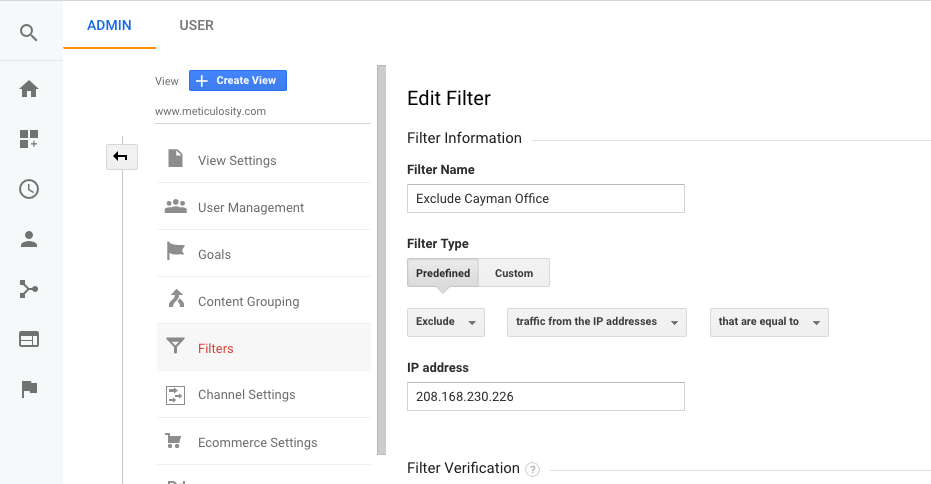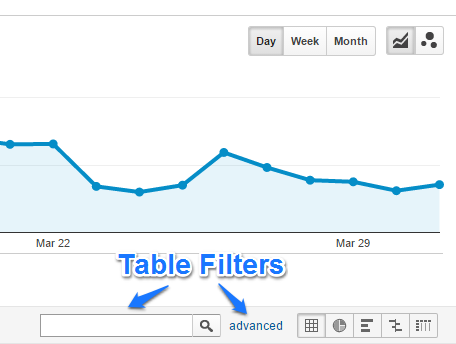The Of In Which Order Does Google Analytics Filter Data
Wiki Article
The Ultimate Guide To In Which Order Does Google Analytics Filter Data
Table of ContentsGetting My In Which Order Does Google Analytics Filter Data To WorkThe smart Trick of In Which Order Does Google Analytics Filter Data That Nobody is DiscussingSee This Report on In Which Order Does Google Analytics Filter Data9 Simple Techniques For In Which Order Does Google Analytics Filter Data
g. usage comparison operators on dimensions) then you have to define the value as JSON. Problems that allow you limit the collection of sessions or customers your question puts on. Segments can be specified in one of 2 styles: For instance, any of the following stand worths for the segments specification.If you need to do innovative segmentation (e. g. usage comparison operators on dimensions) then you need to define the worth as JSON. For records that you anticipate to return thousands or millions or results, it's advisable to establish a restriction.
Keep in mind, you must have modify authorizations on the spread sheet to use this attribute. This choice is valuable if experimenting with a new record and you do not want to run all your reports until you're completed.

Some Known Details About In Which Order Does Google Analytics Filter Data
Ensure not to puzzle this with the term "Google Account": One can consist of as much as 25 Google Analytics accounts (look into this article if you reach this limitation however wish to have more than 25 accounts). Please note that in some places Google uses the term as opposed to, yet regarding I can tell, both terms stand for the very same entity and I will certainly make use of the term throughout this message.
You can address the overall information tasting concern by developing parts of your data utilizing sights but that only helps with typical reports (In Which Order Does Google Analytics Filter Data). Considering that session tasting is done on the property level, producing several sights will not prevent information tasting when applying sophisticated segments or creating customized reports. You can discover more info regarding information tasting here
From my previous experience, Google does process greater than this amount, however I'm not exactly sure if it refines every one of the information, or just greater than this mentioned limit. If you have greater than 200,000 check outs a day, Google processes the information when a day which can bring about a hold-up of two days in your data refreshness.

An Unbiased View of In Which Order Does Google Analytics Filter Data
g., one for the major website, one for the blog site, and also one for the support website), then you will certainly not have the ability to inform the number of customers in overall visited your brand's residential or commercial properties (as the user that checked out the main website and also after that the blog site will be counted two times rather than simply as soon as).Otherwise, think what next their general bounce rate would certainly be, or their conversion price from check outs to registration, if their blog was specified as component of their primary site residential property. As soon as I have actually decided to divide the site into a variety of residential or commercial properties, I like to start at the end and work backwards, first checking out each area and also choosing which of them need to have a separate property.
As each web residential or commercial property is, for the most part, targeted at a different target market type (with various habits), it makes good sense to divide the primary web site from the solution site, just as it makes sense to divide the blog, the support site, as well as the landing web pages. My guideline of thumb is to separate a website right into residential or commercial properties based on the identities who will be utilizing the website.

All about In Which Order Does Google Analytics Filter Data
You understand. If KISSmetrics just had one home, with a lot more blog visitors than paying customers, their overall analytical metrics would certainly be incorrectly affected by the blog viewers. There are two options that can be utilized rather than multiple homes: Google Analytics enables you to segment the data (utilizing advanced segmentation) or you can divide the sections right into separated sights.Be mindful, nevertheless, if you choose either of these approaches, as I will now explain. The advanced division attribute is thought about less great post to read efficient for long term division objectives. It is a terrific means to run ad hoc queries, but if your search engine optimization manager is interested in one certain section, Your Domain Name she will need to re-choose this sector each time she checks out the data.
Report this wiki page